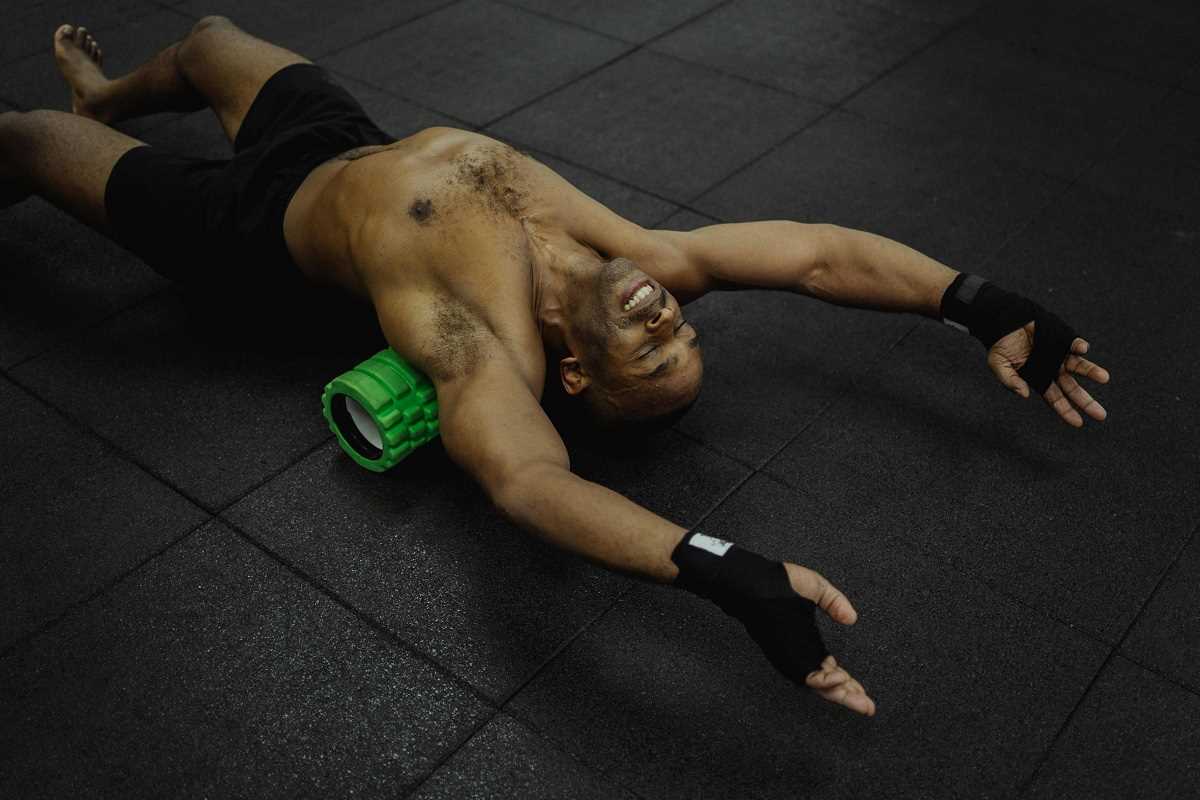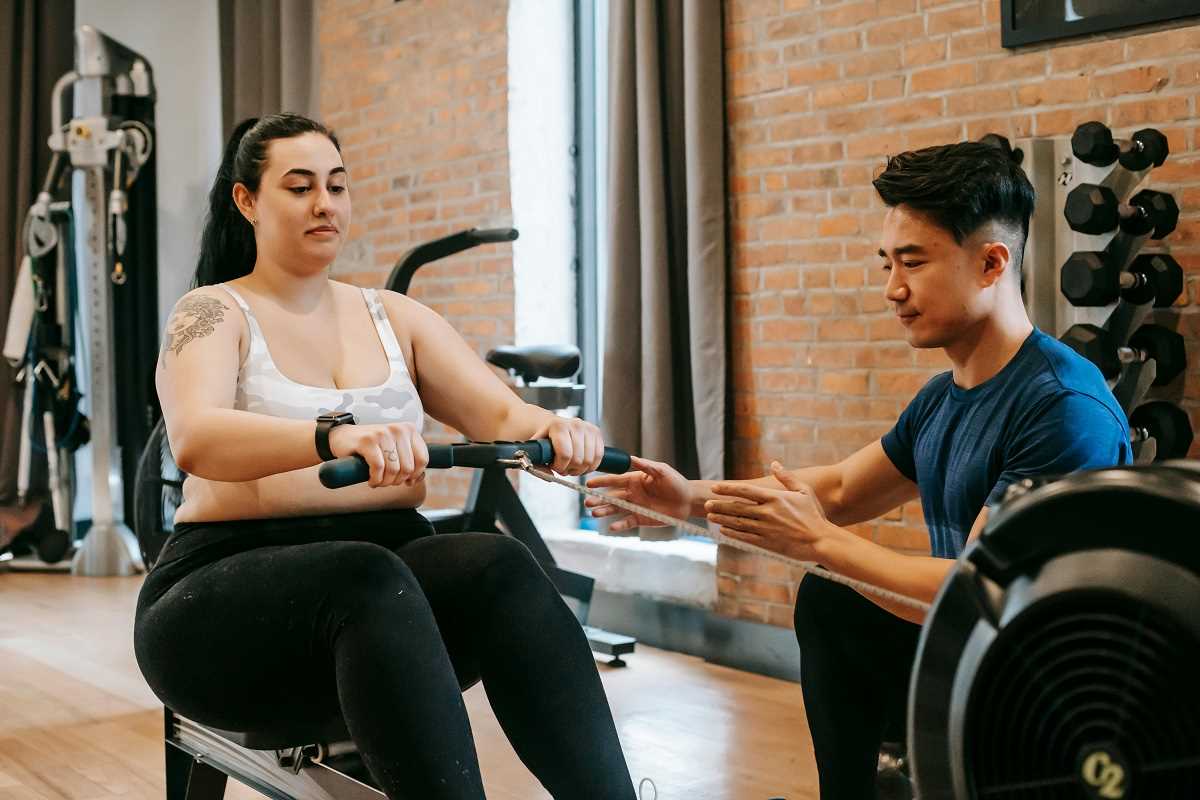Rest days. For many fitness enthusiasts, especially beginners, these two words can feel like a productivity roadblock or an excuse to slack off. But what if I told you that strategic rest days might actually be the secret ingredient to long-term progress? That’s where the concept of active rest days comes in. These are rest days with a twist—not about doing nothing but instead staying lightly active to recover faster and build momentum.
If you're eager to take control of your fitness while learning how to maximize recovery and performance, then understanding active rest days could be a game-changer for you. Let's break it all down.
What Are Active Rest Days?
An active rest day is exactly what it sounds like. Instead of lounging on the couch all day (which is absolutely fine if your body truly needs it), you opt for light physical activity. It’s not about intensity or sweating buckets; it’s about movement that promotes recovery. Think yoga, a walk in the park, swimming at a leisurely pace, or even a gentle bike ride around your neighborhood.
It’s the middle ground between an intense workout and complete rest. The purpose of active rest is to encourage blood flow, reduce stiffness, and help your body heal while keeping you in the habit of movement.
Rest vs. Active Rest
Many people assume rest days are synonymous with doing absolutely nothing. While this can occasionally be necessary during periods of overtraining or illness, too many sedentary rest days can make you feel sluggish rather than refreshed. By swapping some of those complete rest days for active ones, you’re giving your recovery process a little nudge.
Here’s what happens:
- On a true rest day, your body focuses on internal recovery, meaning your muscles repair tears, your energy systems recharge, and your nervous system resets. You need full rest days, especially after periods of intense training.
- An active rest day enhances blood circulation and delivers oxygen and nutrients to your muscles, aiding recovery without interrupting the process. Because your activities are light, they don’t stress the body or delay healing, but they help you feel looser and more energized.
The Science of Why Active Rest Works
When you work out, you strain your muscles, joints, and connective tissues, causing small tears and inflammation. This might sound bad, but it’s actually how your body grows stronger. During recovery, your muscles rebuild, adapting to handle more stress in the future. It’s an incredible process, but it requires fuel, rest, and movement to work efficiently.
Here’s how active rest speeds things along:
Improved Blood Flow
- Light activity increases circulation, helping deliver essential nutrients and oxygen to your muscles while flushing out waste products like lactic acid. Think of it as cleaning up after a party; active rest clears away the "mess" so you can function better.
Prevention of Stiffness
- Ever feel sore and stiff after a hard workout? Movement helps combat stiffness by keeping your joints lubricated and your muscles flexible.
Mental Refresh
- Active rest doesn’t just heal your body; it’s great for your mind too. Activities like yoga, hiking, or stretching can be relaxing, making you feel refreshed and grounded. This mental aspect is important for maintaining motivation over time.
Reduced Risk of Overtraining
- Scheduled active rest days give your body time to reset, reducing the likelihood of overtraining. Overtraining can lead to burnout, fatigue, or even injuries, which could sideline you for weeks or months.
Benefits of Active Rest for Long-Term Progress
It’s one thing to understand how active rest works, but why should beginner fitness enthusiasts care about it? Here are some specific ways this practice impacts your fitness for the long haul:
1. Better Recovery = Better Results
Progress in fitness requires a balance between challenging yourself and allowing adequate recovery. You can't build stronger muscles or improve your endurance if your body is constantly in a state of fatigue. Active rest complements your training schedule and ensures you’re maximizing performance without overexerting yourself.
2. Consistency Without Burnout
One of the biggest challenges for beginners is sticking with an exercise routine. Overcommitting can lead to burnout, while doing too little may not yield noticeable results. Active rest lets you stay consistent by nurturing recovery while keeping movement as part of your daily life.
3. Fewer Injuries
Rest plays a vital role in reducing the risk of injury. Overworking tired muscles can lead to strained ligaments, overuse injuries, or improper form during exercise. Active rest supports injury prevention by allowing your body to heal without entirely losing the rhythm of movement.
4. Mental Boost
Active rest days often feel more rewarding psychologically compared to completely inactive days. The sense of accomplishment from a gentle walk or a yoga session can be uplifting, reinforcing positive habits and keeping your motivation alive.
How to Plan the Perfect Active Rest Day
Now that you understand how powerful active rest can be, how do you actually implement it? Here’s a simple guide:
1. Match Activity Intensity with Your Goals
Choose activities that feel restorative rather than strenuous. Some excellent examples:
- After a tough cardio session: Go for a low-intensity walk, swim some easy laps, or try a gentle hike.
- Following strength training: Opt for yoga, stretching exercises, or light resistance band exercises for mobility.
- After a high-intensity workout day: Do some easy cycling or tai chi for a calming change of pace.
2. Aim for 20–45 Minutes
The purpose of active rest is to promote recovery, not tire you out further. Stick to 20–45 minutes of light activity to keep it manageable and enjoyable.
3. Stay Hydrated and Nourished
Active recovery pairs best with good hydration and refueling your body. Make sure to drink plenty of water and eat a well-balanced meal rich in proteins, healthy fats, and carbs.
4. Listen to Your Body
Your energy levels should guide your activities. If you're feeling extra sore or tired, choose gentler movements like stretching or meditation. If you’re feeling energetic, go for a brisk walk or an easy dance session.
Mistakes to Avoid on Active Rest Days
While active rest days are incredibly beneficial, there are some pitfalls to watch out for:
- Overdoing It: Remember, it’s not a second workout. If your "rest day" leaves you drained, you’ve missed the point.
- Skipping Them Altogether: It’s tempting to treat rest days as optional, but neglecting recovery can slow your progress.
- Ignoring Pain and Fatigue: Pain can signal injury or overtraining. If something feels off, prioritize full rest and consult a professional if needed.
Active rest isn’t one-size-fits-all, but many fitness plans and trainers recommend one or two active recovery days per week. The exact frequency will depend on how often you train, your fitness level, and your personal goals. The key is to ensure these days are thoughtfully planned into your routine, not treated as an afterthought.
 (Image via
(Image via





